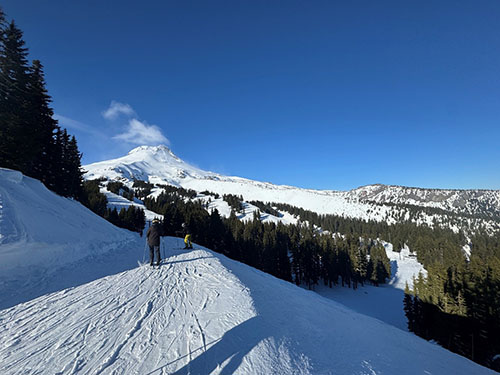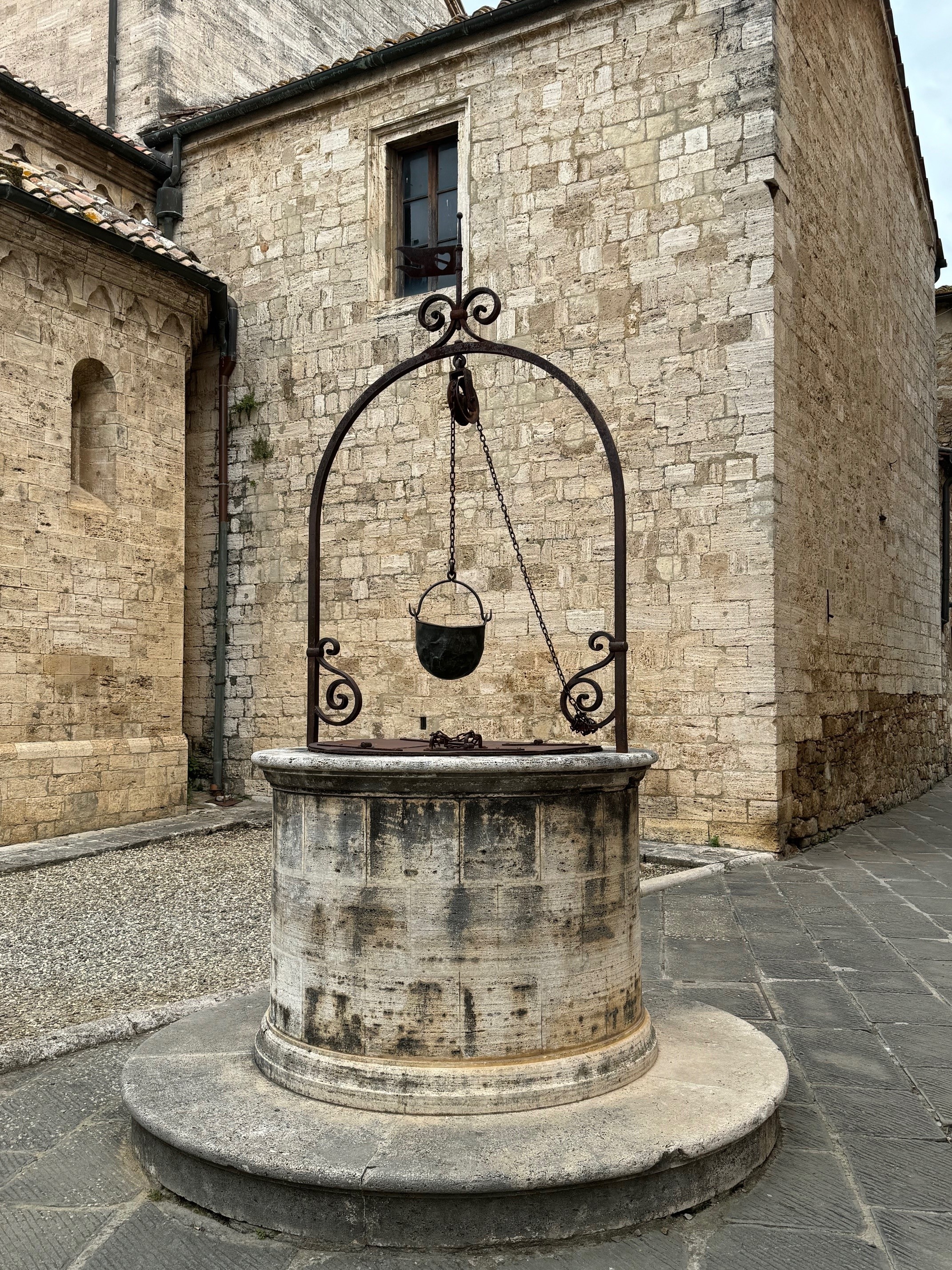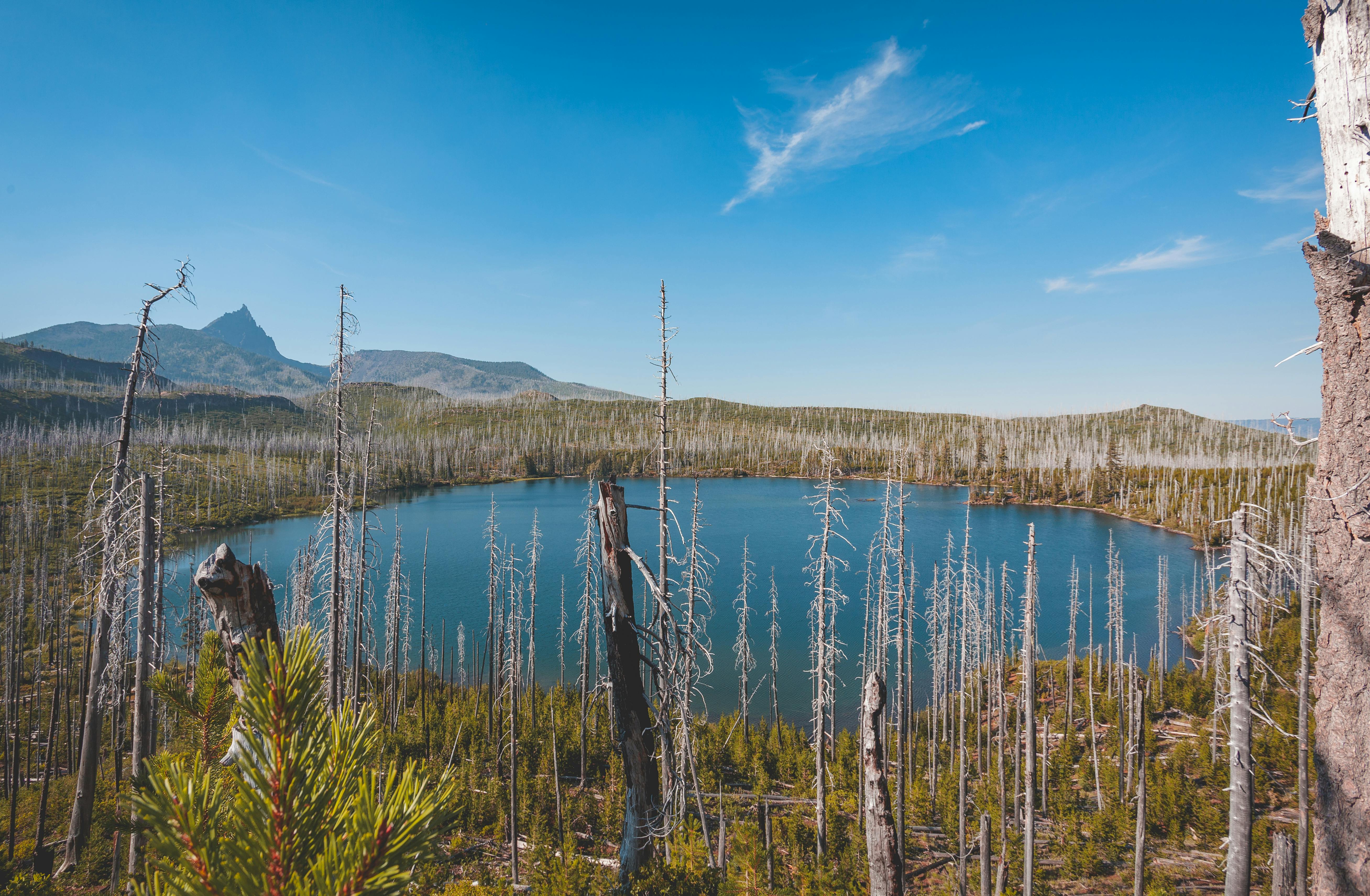Oregon Snowpack 2025

Oregon Snowpack: A Winter Wonderland in 2025

With the first day of spring just around the corner, Oregon’s snowpack is now a topic of significant interest and importance. This year, Oregon has experienced remarkable snowfall, leading to a snowpack that is not only above average but also the best in the western United States. What does this record-breaking year mean for the region?
A Record-Breaking Oregon Snowpack
As of February 2025, Oregon’s snowpack has reached an impressive 144% of normal levels with all watersheds at 77% or higher of median snow-water levels. The John Day, Malheur, Harney, and Lake County-Goose Lake watersheds all have more than 150% of median snow-water levels. The levels across the state look very similar to those in 2019.
The accumulation is due to a series of cold winter storms providing large amounts of snow across the state. The heavy snowfall has been a welcome sight for many, especially after several years of fluctuating snowpack that raised concerns about water supply and drought conditions. Oregon has enjoyed a successful winter ski season. Skiing is expected to continue far into the spring, with many ski areas near or at 100 inches of snow.
Implications for Water Supply
This substantial Oregon snowpack is not only enjoyed for recreational winter snow uses. It also bodes well for water users during the rest of the year. The current snowpack levels are a positive sign for Oregon’s water supply. With snowpack levels well above average, the state is better positioned to meet water demands for agricultural and recreational uses, especially with irrigation seasons starting in March. The ample snowpack reduces the immediate risk of drought, providing a buffer against dry conditions that could arise later in the year.
Looking Ahead
While the current Oregon snowpack levels are encouraging, it is important to remain cautious. In recent years, strong snowpacks have melted too quickly due to early warm temperatures in spring and summer. This faster melting reduces the snowpack’s ability to prevent wildfires. It is wise to approach the season with caution and to be well-prepared.
All in all, this is good news for Oregon water users, and we will hope for a bountiful summer.







